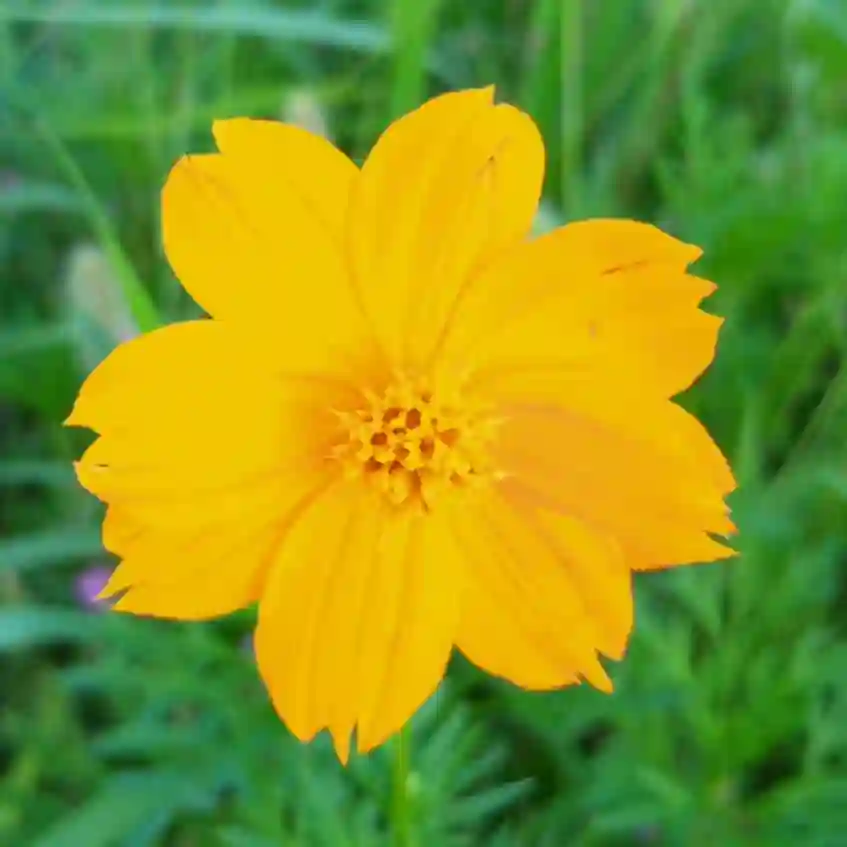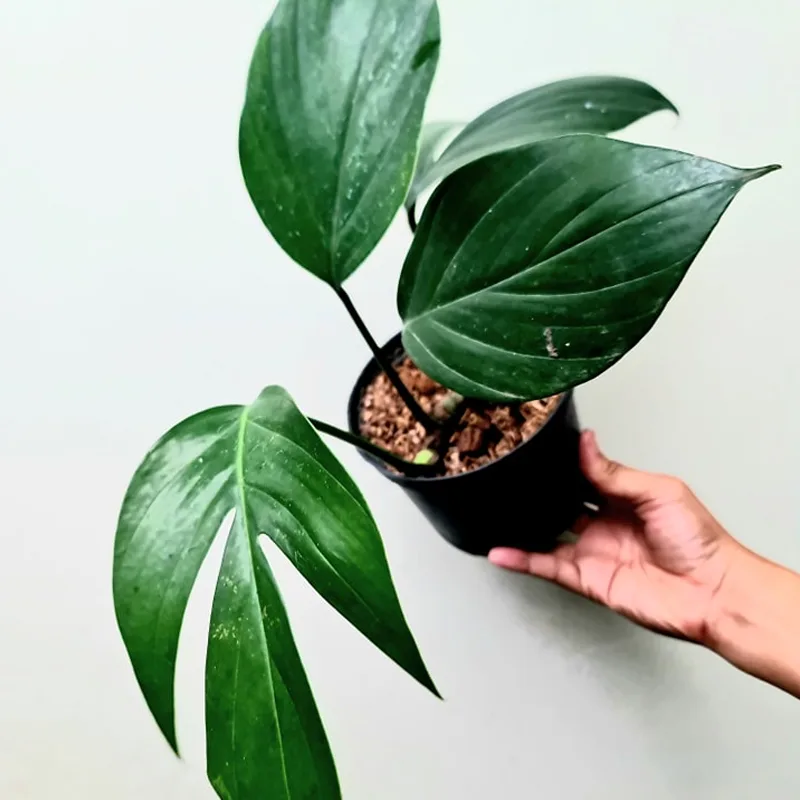What is Fallopia Japonica?
Fallopia Japonica, also known as Japanese Knotweed, belong to the Polygonaceae family, is a perennial plant native to East Asia. It’s infamous for its rapid growth and aggressive spreading, often causing significant challenges for gardeners and property owners. This plant can reach heights of 10 feet, with bamboo-like stems and large, heart-shaped leaves. Its tiny white or greenish flowers bloom in late summer and early fall.
Plant Family: 57 Genera in Polygonaceae
How to Control Fallopia Japonica?
Controlling Fallopia Japonica can be quite challenging due to its vigorous growth and extensive root system. Here are some methods that can help manage this invasive plant:
- Manual Removal: Digging up Japanese Knotweed can be effective but requires thoroughness. You need to remove all parts of the root system, including the rhizomes, which can extend deep into the soil. Any fragments left behind can regrow.
- Herbicides: Applying herbicides can help control Fallopia Japonica. Glyphosate-based products are commonly used, especially when applied in late summer or early fall when the plant is actively transporting nutrients to its roots. Always follow the manufacturer’s instructions to ensure effectiveness and safety.
- Covering: Covering the area with heavy-duty black plastic or landscape fabric can suppress the plant’s growth by blocking sunlight. This method requires several growing seasons to be effective and must be carefully monitored to prevent any gaps where the plant can emerge.
- Professional Help: For severe infestations, it might be wise to consult with a professional service specializing in invasive plant control. They can provide more advanced techniques and solutions tailored to your specific situation.
How to Care for Fallopia Japonica?
Despite its invasive nature, if you need to care for Japanese Knotweed, here’s what you should know:
- Soil and Light: Japanese Knotweed thrives in a variety of soil types, including poor soils. It prefers full sun but can tolerate partial shade. Regular watering can help maintain its vigor, though it is quite resilient to drought once established.
- Pruning: Regular pruning can help manage the size and shape of the plant. This is particularly useful if you’re trying to keep it contained in a specific area. However, pruning alone is not a long-term solution for controlling its spread.
How to Propagate Fallopia Japonica?
Propagating Fallopia Japonica is typically done through division of its rhizomes. This process involves:
- Rhizome Division: In early spring or late fall, dig up the plant and separate the rhizomes into sections, each with at least one growing bud. Replant these sections in a new location, keeping in mind that Japanese Knotweed will spread rapidly if not contained.
- Rooting: Fallopia Japonica can also spread through its extensive root system. Be cautious when handling or moving parts of the root system to prevent unintentional spread.
What to Plant with Fallopia Japonica?
Due to its invasive nature, it’s best not to plant other species directly alongside Fallopia Japonica. Instead, focus on:
- Companion Plants: If you have it contained, consider planting native species or those that can tolerate aggressive competition. This might include hardy perennials or grasses that can withstand shading and competition.
- Barrier Plants: Using plants with aggressive growth or deep root systems can help create a natural barrier to contain Japanese Knotweed, although this is not a foolproof method.
Can You Grow Fallopia Japonica Indoors?
Growing Fallopia Japonica indoors is not recommended. Its rapid growth and tendency to spread make it a challenging plant to manage in confined spaces. If you attempt to grow it indoors, you’ll need to ensure that it’s in a controlled environment with appropriate containment measures to prevent it from becoming a problem.
Is Fallopia Japonica Toxic?
Fallopia Japonica is not considered toxic to humans or pets. However, its rapid spread and invasive nature make it a problem plant for gardeners and landowners. While it does not pose a direct health risk, its ability to overwhelm other vegetation can lead to ecological imbalances.
Benefits of Fallopia Japonica
Despite its reputation, Fallopia Japonica has some potential benefits:
- Erosion Control: Its extensive root system can help prevent soil erosion on slopes and embankments.
- Biodiversity: In areas where it is managed properly, Japanese Knotweed can provide habitat for certain insects and wildlife.
Common Problems with Fallopia Japonica
Managing Japanese Knotweed comes with its share of problems:
- Rapid Spread: Its aggressive growth can quickly take over gardens and landscapes, making it difficult to control.
- Legal Issues: In many areas, there are regulations and laws regarding the management and disposal of Japanese Knotweed due to its invasive nature.
Comparing Fallopia Japonica with Similar Plants
- Fallopia Baldschuanica: Often confused with Japanese Knotweed, Fallopia Baldschuanica, or Russian Vine, is also an invasive species but differs in its growth habits and flower appearance. Russian Vine tends to have a more climbing habit compared to the upright growth of Japanese Knotweed.
- Reynoutria Sachalinensis: Also known as Sakhalin Knotweed, this plant is similar to Fallopia Japonica but is typically larger and more robust. Management techniques are similar, involving comprehensive removal strategies and herbicide applications.
In conclusion, while Fallopia Japonica poses significant challenges due to its invasive nature, understanding how to control and manage it effectively can help mitigate its impact on your garden or property. Whether you’re dealing with it in your backyard or a larger landscape, these strategies and insights should help you manage this aggressive plant more effectively.
If i die, water my plants!



